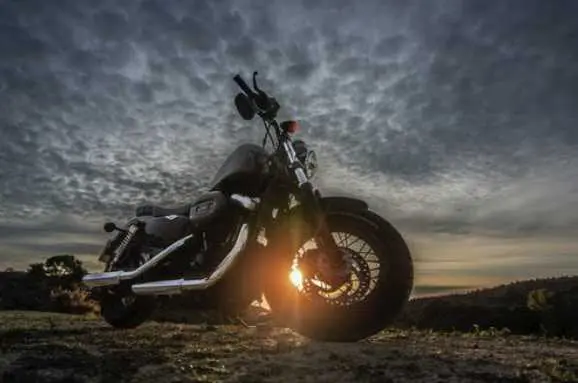How do I prove I am not responsible for my motorcycle accident?
Being in a motorcycle accident is no joking matter. If you get hit by a car or an even larger vehicle, you could be facing months of therapies and rehabilitation and loss of wages while you cannot return to work. And if you are an older rider, your injuries could be catastrophic or have huge implications for the rest of your life.

Holding the driver of the vehicle responsible for compensating you for your injuries is a must. And, in an ideal world, it would happen automatically. However, the real world does not work that way, and you can never assume that the insurance company will be concerned about you and happily agree to pay the entire value of your claim. It will fall upon you to prove the negligence committed by the other driver.
What evidence would help prove that the other driver was negligent?
In most motorcycle accident claims, it is the addition of several pieces of evidence that results in a strong case that proves that you are not responsible for your injuries. Think about a kid’s toy where you build the largest house with the more pieces you can get your hands on.
To begin with, you must snap into action as soon as the accident happens, right there at the scene of the collision. Your health is always your number one priority, and if your injuries are severe, you should get to the emergency room as soon as possible. If you can stay at the scene, the evidence you gather is invaluable. Trying to get it later may be impossible since by the time you are able to return it might already have disappeared. Also, your recollection of what happened might fade over time.
Here is a list of evidence you need to collect:
Start with You
Take pictures of yourself and your bike where it fell after the accident. Document your injuries, take a picture of your helmet and of your clothing. Start a journal in which you write down what happened, what medical attention you receive, how you are feeling, and how your injuries are healing.
The Other Driver
Get the contact information for the other driver including their phone and email, address, driver’s license number, and make and model of the car as well as its license plate number.
The Accident
Take pictures that document the accident: your bike, the other car, the damage to both, the road, any traffic signs that may explain how things developed, the surrounding traffic, if there was oil or water on the road, etc.
Surveillance Video
If the collision took place near businesses, their surveillance cameras might have recorded the crash. Reach out to them before this footage is erased.
Witnesses
If there are people around who saw what happened, get their contact information and testimonies. They may prove to be invaluable if the case goes to trial.
Police Report
This is a crucial document if you are going to file a claim with the other driver’s insurance company. It contains vital information such as the cop’s observations and determination of fault. If needed, the police officer can testify at your trial.
Finally, Fasig | Brooks recommends you get a lawyer to prepare a strong case to defend your rights.









